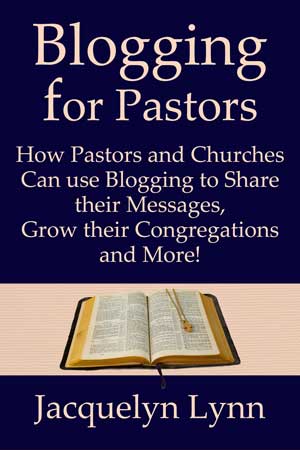If you can send an email, you can easily learn how to set up a blog.
 Of course, if you have a web developer or designer who can do it for you, you’ll save a lot of time and may end up with a more attractive site. But either way, choose a platform that you understand and can manage yourself. You don’t want to have to wait for someone else when you have a blog to post or comments to approve and respond to.
Of course, if you have a web developer or designer who can do it for you, you’ll save a lot of time and may end up with a more attractive site. But either way, choose a platform that you understand and can manage yourself. You don’t want to have to wait for someone else when you have a blog to post or comments to approve and respond to.
A blogging platform is a specific type of content management system. It’s the software or service that turns a website into a blog. Popular blogging platforms include WordPress, Blogger, Tumblr and others. This is not a technical guide for setting up a blog—there are plenty of resources to tell you how to do that. Just do a Google search and you’ll have all you need to know.
However, there are a few issues about the set-up process I want to address.
One is the free versus paid issue. You can set up a very attractive blog using a number of the free services and that may sound tempting. But I recommend going with paid blog hosting, and here’s why: Your blog will serve as your personal home base on the internet and you need to own it.
When you use a free blog hosting service, you are subject to the whims of the service, support is at best limited and you don’t have ultimate control over what is on your site. Remember, those free hosting services have to make money somehow and one way they do it is to put ads on the sites they’re hosting for free. Do you really want ads you can’t control showing up on your blog?
Paid hosting allows you to use your own domain name instead of one that includes the name of the free service, gives you more custom options, delivers better search engine optimization (SEO) and lets you completely control the content on your blog. And it’s not that expensive—you can get paid hosting starting at about $5 a month.
Another caution: Give careful consideration to services that offer to set your blog or website up for free and then charge you after an initial trial period. Read the terms and conditions carefully to be sure you’re not going to get any unpleasant surprises when it comes to renewal rates or content ownership in the future. Ideally you should be able to move your site from one hosting company to another without any challenges.
When it comes to design and navigation, keep your blog simple and user-friendly. Remember that a substantial number of your readers will be using mobile devices, so be sure your site is responsive (which means it adapts to the size of the screen it’s being viewed on).
Finally, take the time to create the appropriate policy and disclaimer statements. For example, make it clear that this is your personal blog. Identify your church, of course, but clearly state that this belongs to you, not your church. You should also include a privacy policy and a terms of use statement. You can learn more about these documents in the Conversations ebook, Is Your Website Legal? How To Be Sure Your Website Won’t Get You Sued, Shut Down or in Other Trouble.
 Excerpted from Blogging for Pastors: How Pastors and Churches Can use Blogging to Share their Messages, Grow their Congregations and More! by Jacquelyn Lynn.
Excerpted from Blogging for Pastors: How Pastors and Churches Can use Blogging to Share their Messages, Grow their Congregations and More! by Jacquelyn Lynn.
- Discovering the Counter-Cultural Jesus - April 12, 2024
- Google Chrome Tip: Navigating Your Tabs - March 15, 2024
- Start a Workplace Book Club - February 14, 2024







Leave A Comment